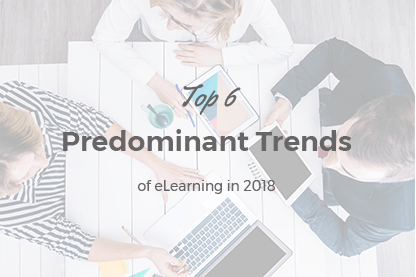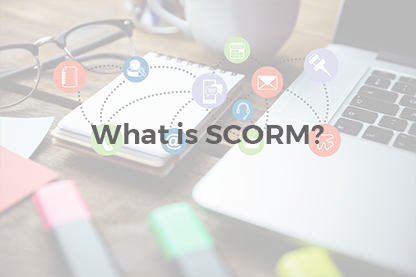Traditional teaching methodologies such as reading a text and answering the questions have run out of steam and need to be replaced by innovative techniques that resonate with the needs of modern learners. Today’s student wants to be an active participant of the studying process and you can easily satisfy this need by applying a student-centered approach. Not familiar with the term? Don’t worry, Sam Gliksman, an eLearning guru and author a book “Creating Media for Learning. Student –centered Projects across the curriculum” will explain it to you.
Traditional teaching methodologies such as reading a text and answering the questions have run out of steam and need to be replaced by innovative techniques that resonate with the needs of modern learners. Today’s student wants to be an active participant of the studying process and you can easily satisfy this need by applying a student-centered approach. Not familiar with the term? Don’t worry, Sam Gliksman, an eLearning guru and author a book “Creating Media for Learning. Student –centered Projects across the curriculum” will explain it to you.
The traditional flow in most classrooms has been based around a teacher delivering content to students. Moving towards a student-centered approach places the student at the center of the process with an emphasis on students learning through discovery and hands-on experience.
In a similar manner, schools have emphasized traditional literacies of reading and writing. Frankly, text based skills flourished largely as a result of the invention of the printing press in the 15th century. Most of us however are much more efficient visual learners. Just as the printing press once pushed text to the forefront of communications, modern technological advances have now made media creation and publishing accessible to anyone with a mobile device. We live in the era of youtube and video chat. As educators, we need to be developing student fluency in "communication" skills. With that in mind, you absolutely cannot overlook the importance of media creation for learning. Think of a relatively dry topic such as the regions of California. The old approach is to have students read about them (in a heavy and largely outdated text book) and then answer questions. A student-centered approach that utilizes media might have them research the topic and create a short video advertisement that touts the benefits of moving to a particular region. The approach moves from passive consumption to active discovery and from solely writing to fluent communication in a mixture of media - which also includes writing.
eLearning is concerned more with the manner in which information is delivered and used. That information can be communicated in any manner. We're usually more effective learners when we absorb and create information visually. The use of media and media creation should therefore be a core component of both physical classroom learning as well as eLearning.
Just as there are criteria for writing, you need to start with an understanding of the elements that make media creation effective. Taking a long video of a "talking head" can be as ineffective and boring as any other communication method. Google "media literacy" and discuss your findings with students. Watch some compelling short media pieces together with the class. Discuss and break them down as a group to determine the qualities that made them effective and how they can be utilized elsewhere.
The most glaring and obvious obstacle is fear of the unknown. That's both a fear of creating media and a fear of the technology itself. It's understandable that teachers are a little concerned about media creation. We didn't grow up as students of Steven Spielberg. Honestly, other than a few vacation snapshots most of us never created much media at all. Luckily, it can be easily overcome when teachers realize that they don't always need to be the expert in the room. Learn the skills of producing effective media together with your students. When it comes to technical skill, you may not know how to rotate a video in iMovie ... but you can be assured that there will be a few students in your class that do know and will be very enthusiastic about sharing their knowledge with other students. Don't be dazzled by the technology. Instead, focus on your learning objectives and allow students to collectively help you and others in making the technology work.
We're already seeing the development of tools that allow for collaborative media creation - even when participants are at different locations around the world. There are media organizational tools developing that allow you to search narrow down on a specific part of a media clip in much the same manner as you'd find the mention of a specific textual piece in a book. Looking ahead, media will continue to develop as a natural part of our everyday exchanges and take a more central place in education communications. The quality of image and audio will continually increase. We won't be tethered to monitors. Instead, we'll have very small tools that allow individuals to project and view media on tables, walls and anywhere else they choose. Also, technology advances will make the transfer of large media based messages around the world as quick and easy as talking to the person seated next to you.
About the Author:

Sam Gliksman is the author of "Creating Media for Learning. Student –centered Projects across the curriculum".
Find more information about the book at www.CreatingMedia.org.
You can contact Sam via email at samgliksman (at) gmail.com or rich him on Twitter
@samgliksman and LinkedIn.
What to read next?
How to Motivate Students Online
How to Overcome Information Overload
The Secret of Building Professional Learning Communities










